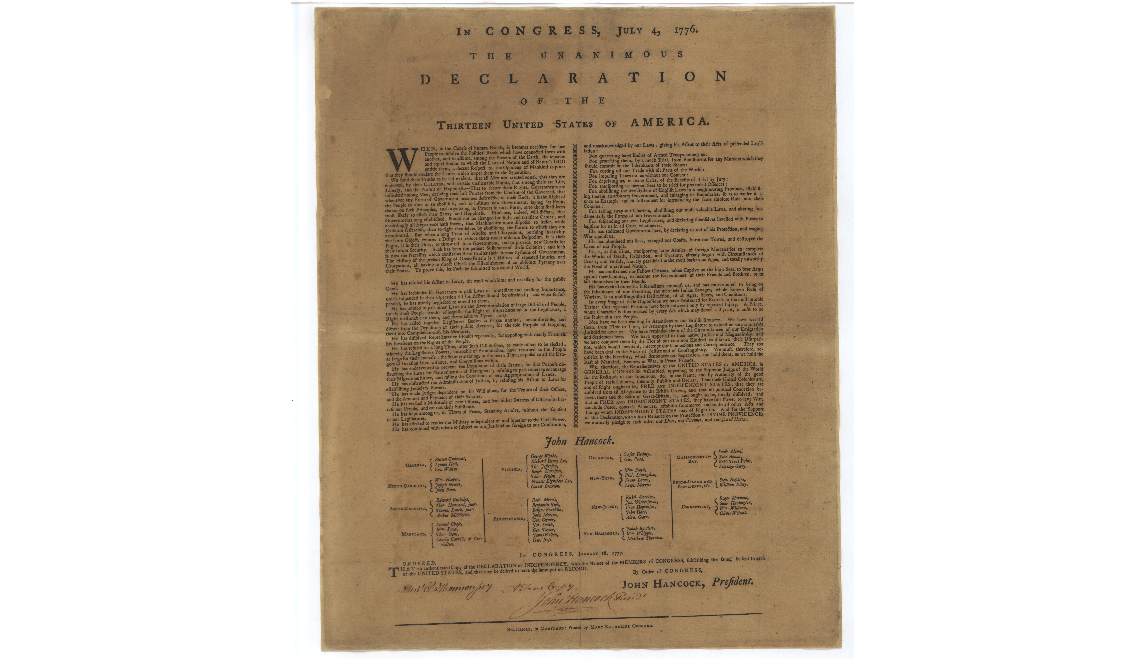July 4th is celebrated as the quintessential American holiday, Independence Day.
Typically full of patriotic displays, celebrations and honoring the country’s past and its veterans, Independence Day has been a hallmark of American freedom since the Revolutionary War.
History of Independence
While July 4th is the big day for current celebrations, the real day that America’s original 13 colonies, through a vote by the Continental Congress, officially decided to separate from Great Britain and fight for independence was July 2, 1776. Two days later, all of the colonies voted to adopt the Declaration of Independence as the goodbye letter to British rule.
Archival documents from the William and Mary Quarterly published in July 1945 report the actual resolution to become an independent nation had been drafted and introduced to the Continental Congress on June 7, 1776.

History shows that American debate hasn’t changed much, with legislation and voting still a time-consuming process. Debate over the resolution continued until June 10, where the rest of the discussion was postponed until July 1, according to Journals of Congress from that year.
Even after the colonies, now states, came to an agreement and voted to fight off British rule, the version of the Declaration of Independence we think of wasn’t around.
The famously copy of the Declaration of Independence with signatures of all of the Founding Fathers wasn’t even signed until August 2, 1776, according to Professor Wilfred J. Ritz, of Washington and Lee University in Lexington, Virg. Ritz retired in 1985.
While Independence Day is one of the biggest holidays in the United States, there are 11 other permanent federal holidays. The Congressional Research Services says the first officially recognized holidays were decided in 1870 by Congress.
Official holidays in the U.S.
The first four official U.S. holidays were designated by Congress in 1870. New Year’s Day, Independence Day, Thanksgiving and Christmas were chosen, and Congress granted paid time off for federal workers in Washington, D.C.
10 years later, Congress picked another one, setting George Washington’s birthday as an officially recognized holiday in the U.S. In 1885, they “extended holiday coverage for some holidays to all federal employees,” instead of keeping them exclusive for Washington-based workers.
Seven more holidays were added after 1888.
Memorial Day was added in 1888, originally called Decoration Day. Labor Day was added in 1894, Armistice Day was established in 1938. Armistice Day became Veterans Day in 1954 to broaden which American soldiers were honored and include those who fought in World War II, and the Korean War.
Inauguration Day was chosen in 1957 for quadrennial celebration, meaning once every four years, and originally only in the District of Columbia.
Columbus Day was added to the list of federal holidays in 1968, followed by Martin Luther King Jr.’s birthday in 1983.
Now in 2021, for the first time in decades, Congress added a new federal holiday, Juneteenth.







